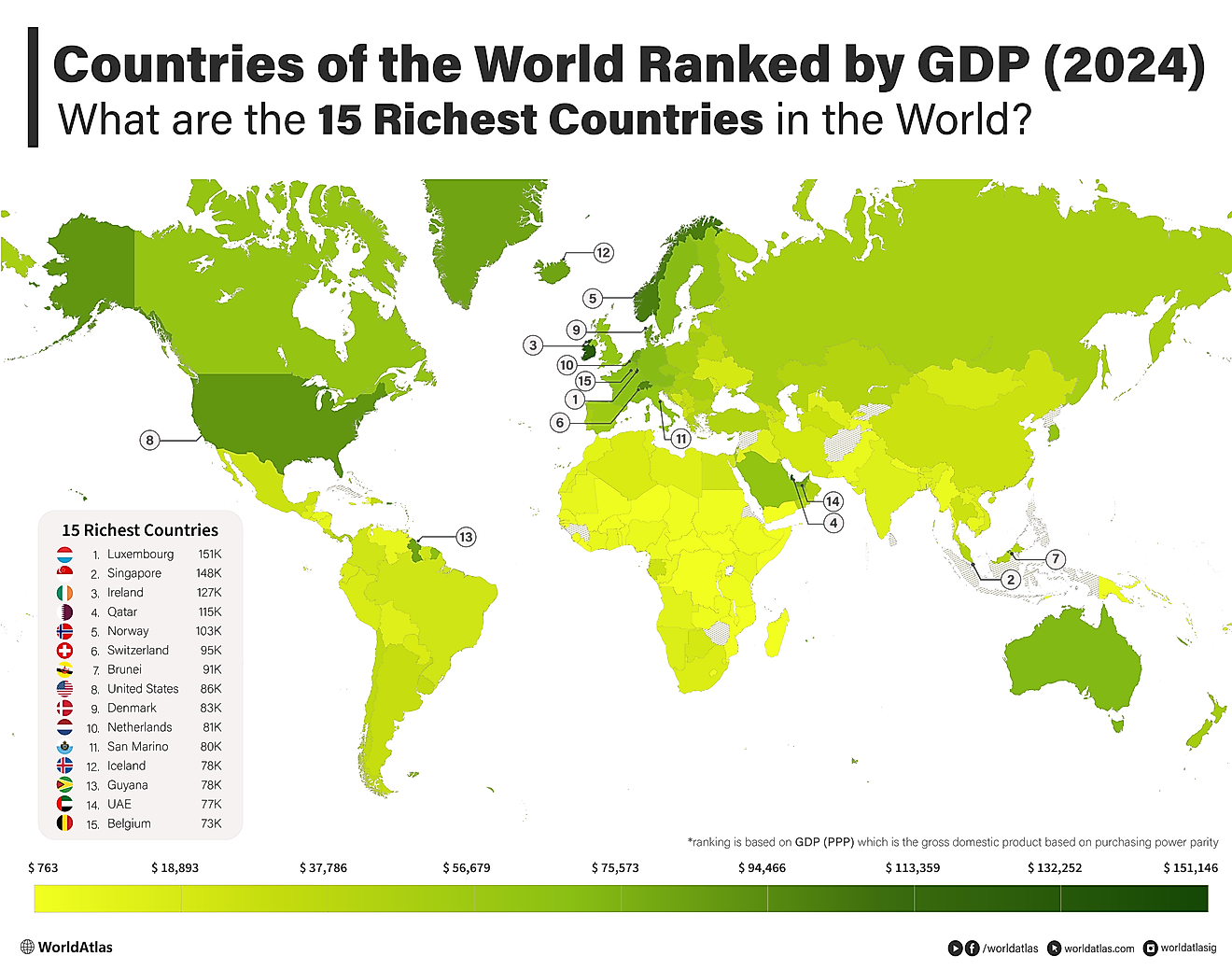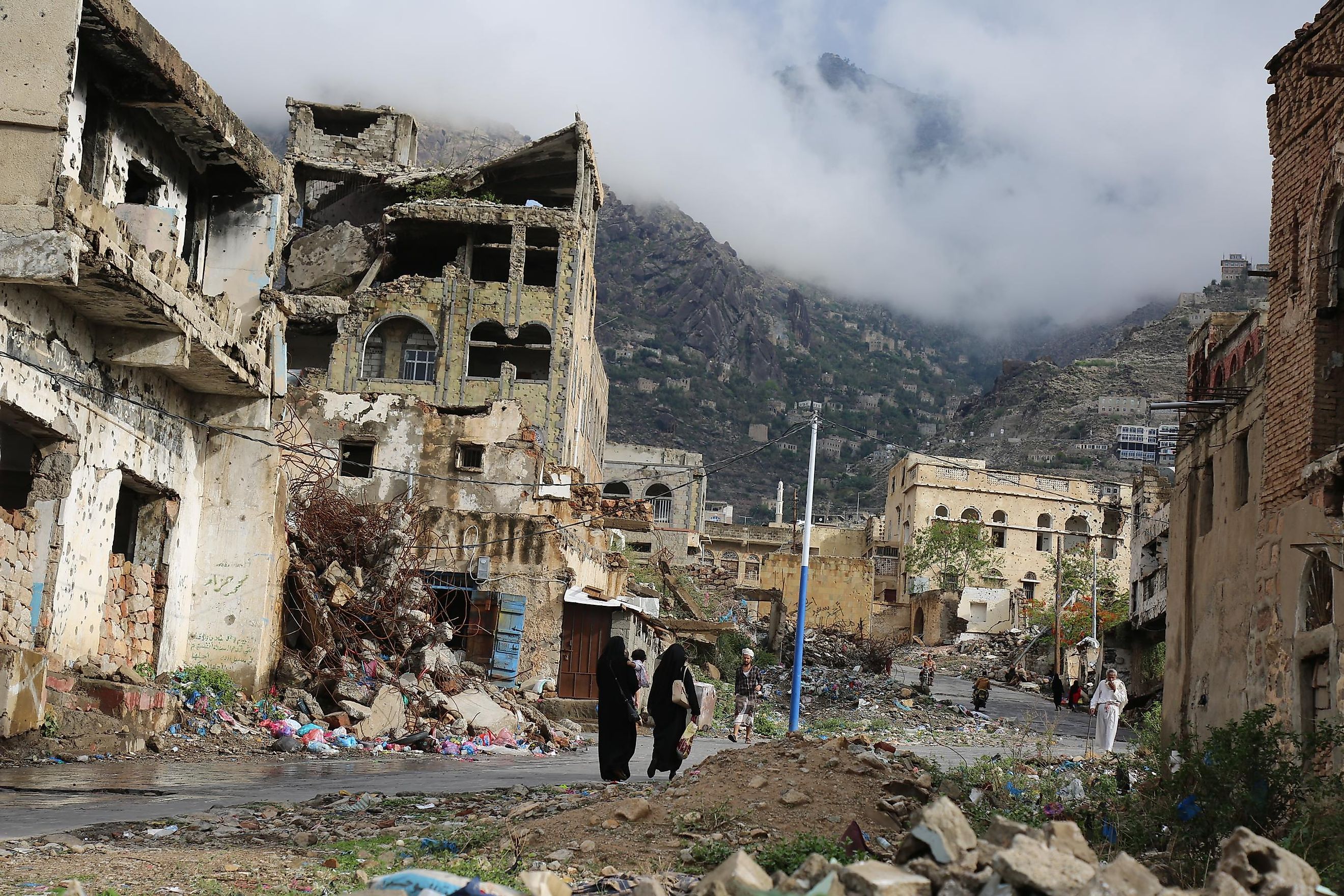
The Least Developed Countries In The World
An underdeveloped nation is one that lags economically in comparison to most countries in the world, displaying limited industrial infrastructure and minimal financial allocation for essential areas such as education and healthcare. Furthermore, these countries have a higher percentage of individuals who are living below the poverty line and, therefore, unable to afford necessities. This economic disparity often results in higher infant and child mortality rates, as impoverished regions may struggle to provide adequate healthcare and nutrition for newborns and infants, leading to poorer health outcomes.
The United Nations' Human Development Index (HDI) is a widely respected metric for gauging a country's level of development. This global index evaluates over 150 international indicators encompassing life expectancy, education, and per capita income and consolidates them into a single "human development" value for over 150 countries worldwide. The HDI assigns each country a rating on a scale of 0-1, where 1.000 represents the highest attainable score, and 0.000 indicates the lowest. It further classifies nations into four categories of human development: low human development (0-.55), medium human development (.55-.70), high human development (.70-.80), and very high human development (.80-1.0) Continue reading to learn about the ten most underdeveloped countries according to the 2022 United Nations report. Become enlightened to the factors that have contributed to their being among those who have received this label.
1. South Sudan - HDI 0.385
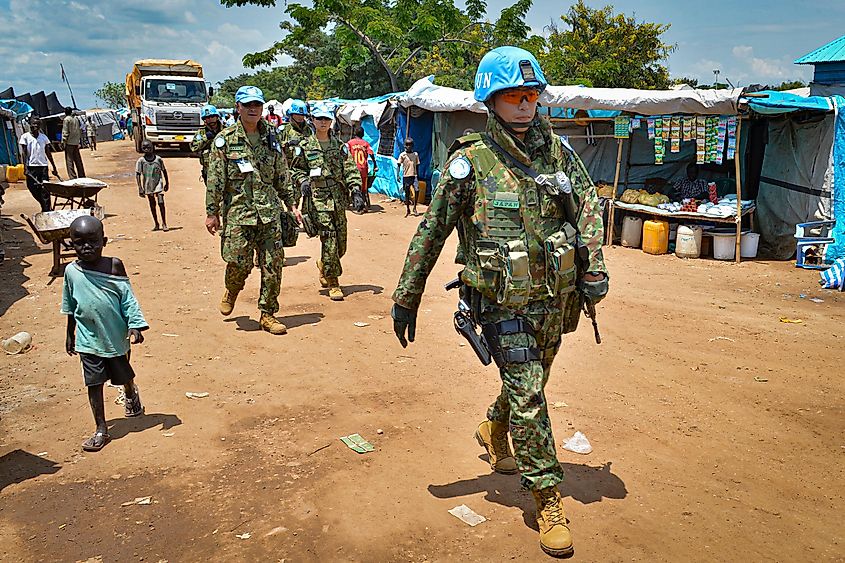
One of the key factors contributing to underdevelopment in this country, located in east-Central Africa, is persistent conflict and political instability. Despite gaining independence from Sudan in 2011, it plunged into civil war in 2013 when political disagreements between the president and his vice president escalated into a violent conflict. This prolonged civil strife not only claimed lives but also led to the displacement of a substantial portion of the population, disrupting economic and social progress. Another significant issue hampering development in South Sudan is the fragility of its institutions and governance. The nation has struggled to establish a stable and effective government, which has hindered the implementation of vital development programs and initiatives.
Given that the country has the lowest Human Development Index of all ten countries on this list, it is an unfortunate expectation that there would be a correlation with a high child mortality rate. With 99 out of every 1000 children born not reaching the age of five, South Sudan is not the highest, but where other countries have seen some improvements over the last few years, the child mortality rate seems to have plateaued at this rate for the last seven years.
2. Chad - HDI 0.394
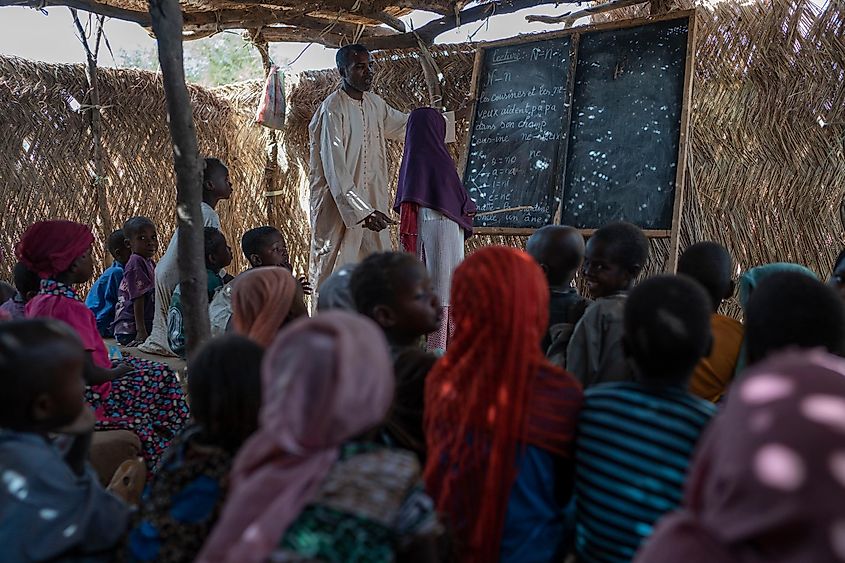
Chad is a landlocked country situated in north-central Africa. It was colonialized by France from 1900 to 1960. The country's post-independence history has been fraught with instability and violence. This instability primarily stems from tensions between the mostly Arab-Muslim northern regions and the predominantly Christian and animist southern areas.
Though Chad has significant reserves of gold and uranium and has achieved the status of an oil-exporting nation, it is still facing significant challenges to its development due to ongoing internal conflicts and violence. The country suffers from extreme poverty, with nearly 42% of the population being poor. The healthcare system of the country is also in bad shape, with only around 0.06 physicians per 1,000 of the population. With little healthcare support, the population is highly prone to death from infectious diseases like dengue and malaria.
3. Niger - HDI 0.400
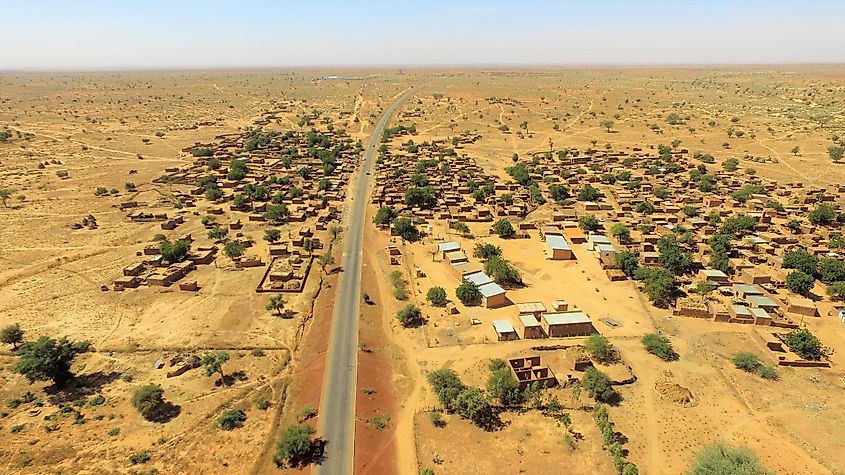
Niger's underdevelopment is rooted in enduring political instability marked by recurrent military coups since its 1960 independence from France. Most recently, the abrupt 2023 coup in this West African country that ousted President Mohamed Bazoum disrupted the political stability necessary for long-term development. This event not only impacts domestic governance but also raises concerns about international partnerships. The junta's decision to terminate military cooperation agreements with France adds another layer of complexity to Niger's development, with potential implications for security and diplomacy in the region. The nation grapples with challenges such as poverty and frequent droughts despite its wealth in uranium and efforts in oil exploration and gold mining.
4. Central African Republic - HDI 0.404
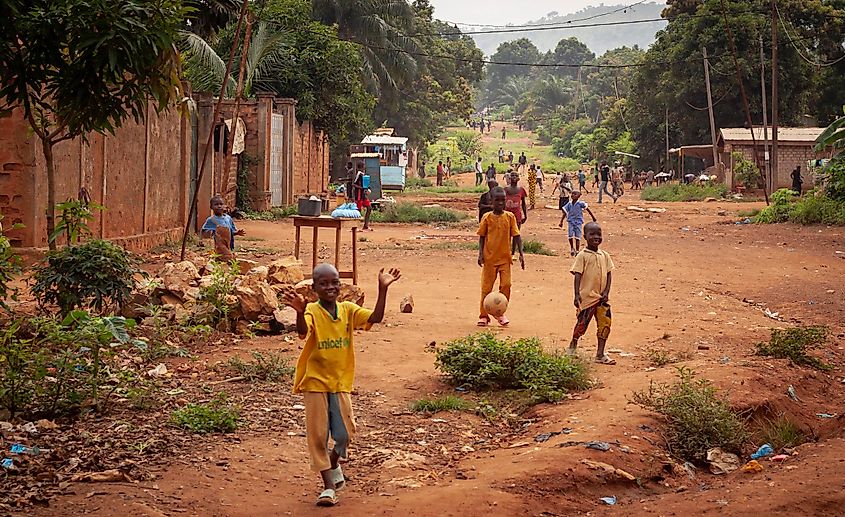
Since gaining independence from France in 1960, the Central African Republic (CAR), a Central African landlocked nation, has contended with persistent instability. Despite its wealth in valuable resources such as diamonds, gold, oil, and uranium, the country is one of the world's most underdeveloped countries.
In 2013, when the Seleka, a coalition of Muslim rebels, seized power, it sparked a violent response from predominantly Christian militias known as the anti-Balaka. Following international pressure, the Seleka transferred power to a transitional government in 2014. Nevertheless, ongoing turmoil and conflict continue to negatively impact the Central African Republic. Considering the amalgamation of challenging factors the country faces, it, unfortunately, comes as no surprise that the country has a low life expectancy rate of only 55.96 at birth, and only around 37.4% of the population above age 15 can read or write.
5. Burundi - HDI 0.426
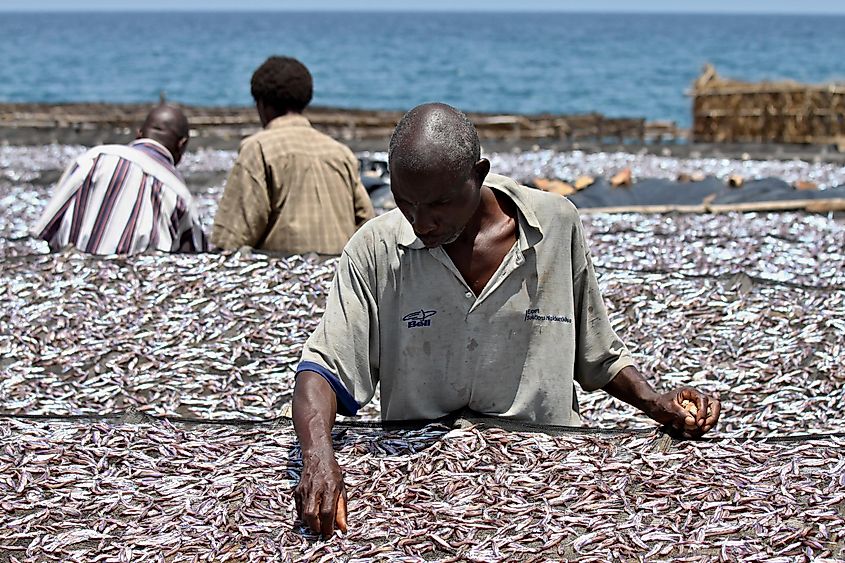
The East African country of Burundi is struggling with enduring challenges, which are rooted in a complex web of historical and sociopolitical factors. The country's early historical disagreements over the roles and relationships among its three primary ethnic groups - the Twa, Hutu, and Tutsi, have negatively impacted its evolution. These tensions have played a significant role in shaping the nation's developmental trajectory.
Ever since gaining independence from Belgium in 1962, Burundi has experienced intermittent and, at times, violent internal conflicts, primarily arising from persistent power struggles between the dominant Tutsi minority and the Hutu majority. These ongoing internal disputes have significantly impeded the nation's advancement and growth.
The outbreak of a civil war in 1993 exacerbated these problems, turning Burundi into the backdrop for one of Africa's most protracted conflicts. The lasting effects of these historical and ethnic tensions have played a substantial role in impeding the development and perpetuating the difficult socioeconomic conditions that Burundi confronts today.
Despite having a lower Human Development Index, Burundi has a comparatively lower child mortality rate at 53 deaths per 1000 births before the age of five. Targeted interventions such as a laser focus on treatments of moderate acute malnutrition (MAM), dedication to handwashing, and administering oral antibiotics for pneumonia may be to thank for a lower mortality rate.
6. Mali - HDI 0.428
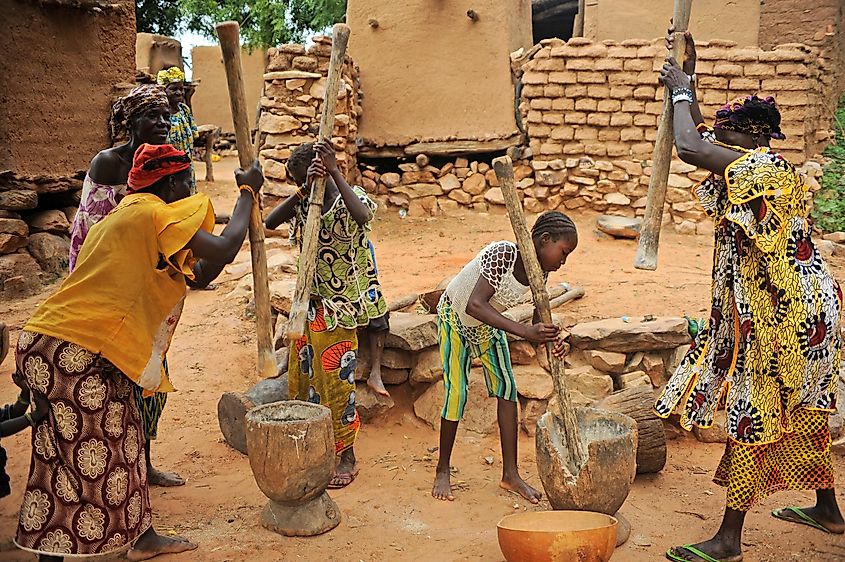
Mali is in West Africa. As a landlocked country, the lack of direct sea access has presented hurdles to the nation's development. Mali was under French colonial rule from 1892 to 1960. After gaining independence, Mali endured a tumultuous history marked by droughts, rebellions, and a prolonged military dictatorship until democratic elections in 1992. In recent years, Mali has coped with escalating insurgencies in its northern and central regions.
Two coups in 2020 and 2021 resulted in the removal of the civilian government, leading to the withdrawal of French troops. Mali subsequently strengthened its ties with Russia and saw the presence of Wagner group mercenaries in the country. As with the other countries in this list, the country has a largely agricultural economy, with around 80% of the workforce engaged in agriculture and the remaining minority in the service and industrial sectors.
7. Mozambique - HDI 0.446
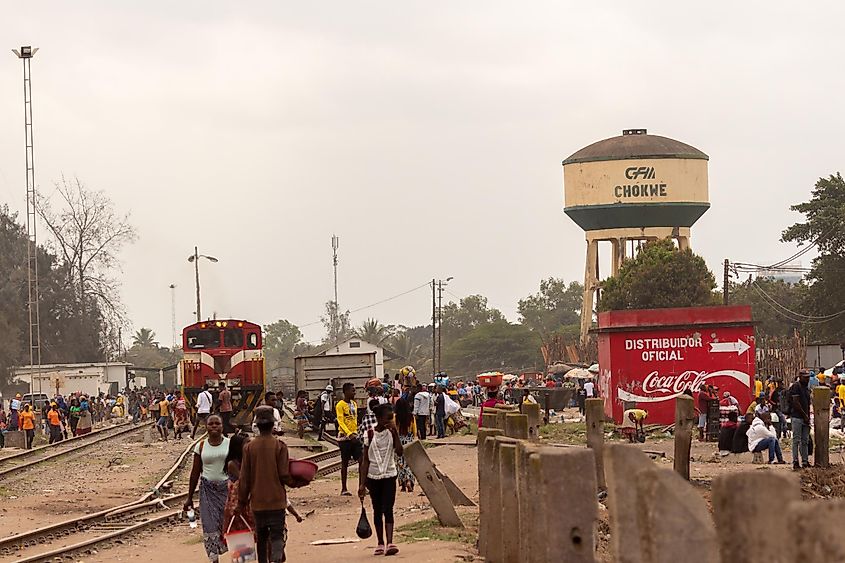
After attaining its independence from Portugal in 1975, Mozambique continues to endure the repercussions of a 16-year civil war that concluded in 1992. To this day, tensions exist between the governing Frelimo party and the former rebel faction Renamo. Exacerbating conditions further, beginning in 2017, an Islamist insurgency has unfolded in the northern Mozambican province of Cabo Delgado, primarily pitting militant jihadists against security forces.
In the 21st century, the economy has demonstrated growth, potentially bolstered by the identification of offshore gas reserves in 2011. Unfortunately, however, Mozambique remains among the most impoverished nations in Africa. With conditions as they are, sadly, nearly half the population live below the poverty line.
8. Burkina Faso - HDI 0.449
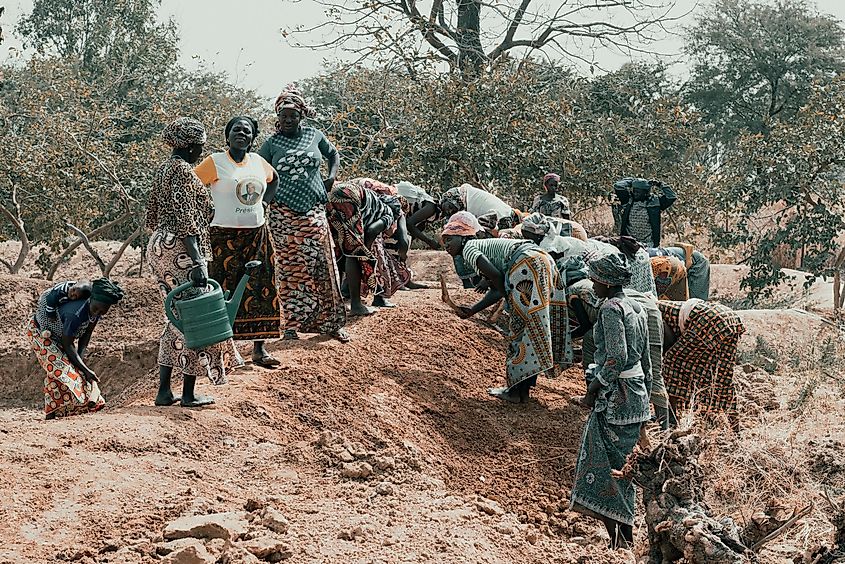
The absence of direct access to the sea has posed challenges to the West African country's progress. Lack of access to a major body of water isolates the nation from valuable maritime resources like fishing and hinders or even obstructs its ability to engage in vital maritime trade, which is a fundamental driver of economic and social advancement. The country has endured a series of challenges, including recurring droughts and military coups, further exacerbating its status as one of the less economically developed countries in the region.
In 2022, Burkina Faso faced a jihadist insurgency stemming from neighboring Mali, resulting in a toll of over 10,000 casualties and the displacement of more than two million people. Responding to this dire situation, the nation witnessed two military coups as the military confronted the jihadist threat. Unfortunately, these coups led to Burkina Faso's suspension from both the African Union and the regional Ecowas group. All these challenges contribute to a high poverty rate, with more than 40% of the population living under the poverty level. This, in turn, influences the child mortality rate, with 82 children out of every 1000 not living long enough to reach their 5th birthday.
9. Yemen - HDI 0.455
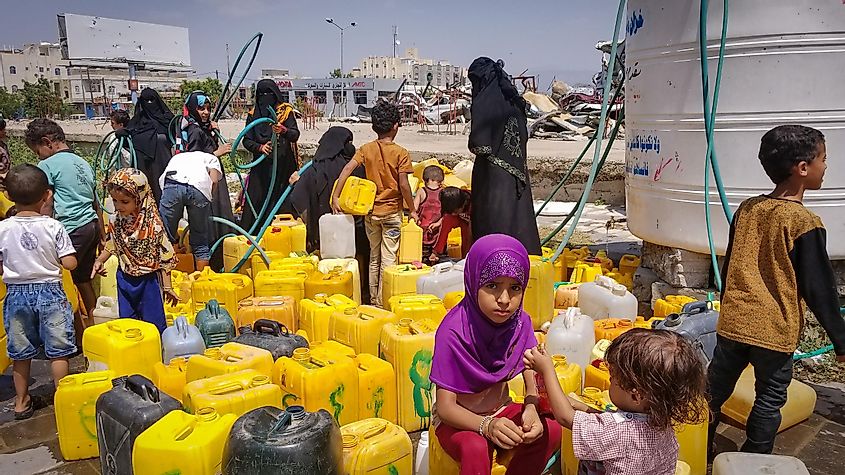
Yemen is in the southwestern part of the Arabian Peninsula beside the Red Sea and the Gulf of Aden in Western Asia. It became a country in 1990 through the merger of North and South Yemen. Since 2011, the nation has been grappling with ongoing conflict marked by political crises and violence. The Houthi forces have gained control over the north and west, while a Saudi-led coalition backs the internationally recognized government, with some government institutions operating from Riyadh, the capital of Saudi Arabia. This relocation is a result of the complex and volatile situation in Yemen. In 2018, the Southern Transitional Council seized control of the port city of Aden. The seizure of the port city exacerbated political fragmentation, disrupted the economy, and increased overall instability in the ongoing conflict. The persistent civil war has caused over 150,000 deaths and triggered one of the world's most severe humanitarian crises, affecting over 23 million people.
10. Guinea - 0.465
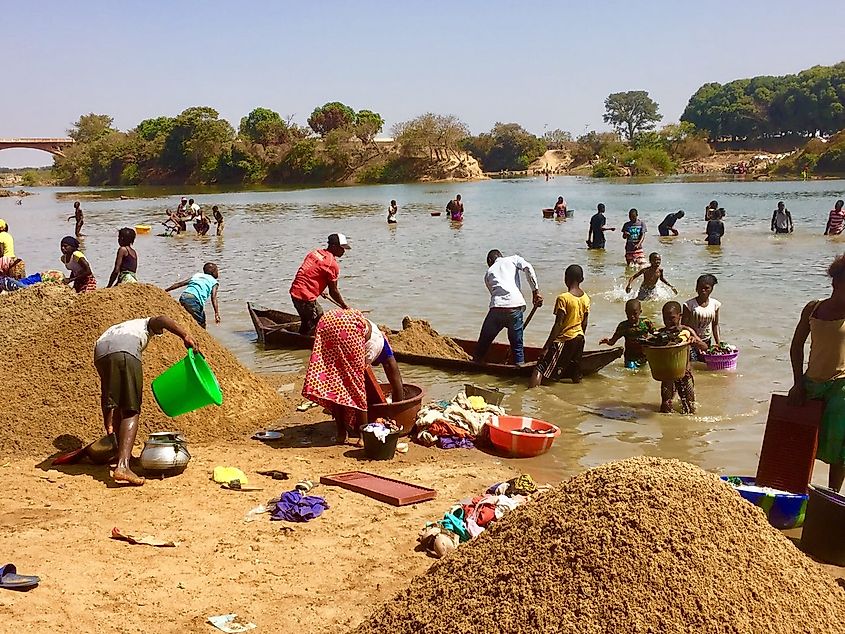
Guinea's transition to civilian rule following the 2010 election marked the beginning of a decade characterized by violent ethnic conflicts. Even with abundant mineral resources that could potentially make it one of the wealthiest nations in Africa, Guinea currently has an HDI of 465. The nation's pursuit of socialist policies and a two-year period under a junta regime have had detrimental effects on its developmental prospects.
Furthermore, the country has been burdened by the influx of hundreds of thousands of refugees from neighboring countries, namely Liberia and Sierra Leone, placing immense strain on its already fragile economy. This persistent instability within the nation has given rise to heightened suspicions and ethnic tensions, along with accusations of neighboring states engaging in efforts to destabilize Guinea and initiate border incursions. Due in part to these factors, Guinea's 2023 infant mortality rate stands at 44.9 deaths per 1000 live births, while roughly 44% of Guineans live below the poverty rate.
The Least Developed Countries In The World (2023)
| Rank | Country | HDI Score |
|---|---|---|
|
1 |
0.385 |
|
|
2 |
0.394 |
|
|
3 |
0.400 |
|
|
4 |
0.404 |
|
|
5 |
0.426 |
|
|
6 |
0.428 |
|
|
7 |
0.446 |
|
|
8 |
0.449 |
|
|
9 |
0.455 |
|
|
10 |
0.465 |
|
|
11 |
0.477 |
|
|
12 |
0.478 |
|
|
13 |
0.479 |
|
|
14 |
0.481 |
|
|
15 |
0.483 |
|
|
16 |
0.492 |
|
|
17 |
0.498 |
|
|
18 |
0.500 |
|
|
19 |
0.501 |
|
|
20 |
0.508 |
These countries contend with long-standing developmental challenges deeply rooted in historical, sociopolitical, and economic factors. Ongoing conflicts, political instability, ethnic tensions, and poor infrastructure impede their progress, resulting in low rankings on the Human Development Index. They also face the lasting impact of colonialism, including arbitrary borders and resource exploitation. Despite daunting obstacles, the resilience of their people, democratic transitions, international efforts, and resource wealth provide glimmers of hope for a brighter future. With determination and global support, these nations can overcome their challenges and move toward a more prosperous future, even though the path ahead is challenging.


